|
As I have commented before in my ramblings, I love literature. This is especially true when it ties into periods of history and philosophical ideas that occupy my mind. My travel is often inspired by the books I read. So ,In 2023, when the English translation of the poetry of Alvaro de Campos, one of Fernando Pessoa’s major heteronyms was published, I perked up. Richard Zenith, renowned scholar of Portuguese literature and author of the near definitive biography of Fernando Pessoa that came out last year in English, as well as numerous other important tomes and translations, wrote the book and translated the poems. I am a great fan of Pessoa and of Zenith who made a fuller understanding of Pessoa available to me and other lovers of Portuguese literature through his extensive research. Last year I was able to make a month long trip to Lisbon to honor my favorite poet and this year I returned with further study on my agenda. Happily, I was not only able to delve further into the poetry of Alvaro de Campos but also brought with me the images of other writers I admire who also love(d) Lisbon. Pascal Mercier, whose real name was Peter Bieri, passed away this year in July. He was definitely on my mind. Bieri was a Swiss Philosopher and novelist and the author of the book Night Train to Lisbon, written in German and translated into many languages. (Barbara Harshav did the wonderful English translation). In the novel he paints a poignant picture of Lisbon during the estado novo, the government of Antonio Salazar. Through his novel he speaks to us of the resistance to his regime and the repression of any ideas that did not fit into his agenda. He also paints a realistic picture of the people who lived through it. The story is laced with many profound thoughts by the main character Amadeu de Prado and is beautiful as well as thought provoking. The film based on the novel is very well done although abbreviated and somewhat altered. With Jeremy Irons as narrator and Bille August as director it can’t help but impress the viewer, shed some light on the period, and supply a lovely photographic view of Lisbon and its people. Another writer I admire, Antonio Tabucchi, an Italian who loved Lisbon so much that he finally moved there and became perhaps more Portuguese than Italian writing many books in the Portuguese language. My favorite of his books is Pereira Maintains, translated into English by Patrick Creagh. Also running in a close second place is Requiem, a Hallucination, translated by the remarkable Margaret Jull Costa. Tabucchi’s love of Portuguese stemmed from an early introduction to the works of Fernando Pessoa. Both books speak of lonely people struggling with important concerns about the purpose and meaning of life and its finality. On my trip I also developed a spiritual kinship with the 19th century Portuguese master, Eça de Queiroz and spent many hours tracing the footsteps of his characters from The Tragedy of the Street of Flowers. I had coffee nearly daily in his favorite pastry shop Cister, once known by a different name when frequented by the writer. Queiroz’ images of 19th century European society rival those of Balzac and Flaubert. His focus on truth and the perilous lives of women during this period illustrated in his works in a fashion considered scandalous at the time kept the family from publishing the book while the choice was under their control. The book was only published after his death and after copyrights expired. This lovely month in Lisbon also carried me through time and history through Jose Saramago’s Baltazar and Blimunda which took me into the early 18th century with the torturous and, to some minds, senseless building of an extravagant convent at Mafra and a fantastical flight in a mechanical bird, brainchild of a priest they befriended, all under the watchful eye of the fear inspiring inquisition. I set out the afternoon of August 29 on an Air France flight to Lisbon with a stop at Charles de Gaulle airport and arrived in the early afternoon in Lisbon to the same apartment I stayed in last year near the tranquil and at the same time exciting Príncipe Real district. My first stop was a wonderful Fado concert at a special venue I visited last year, O Canto do Poeta in the colorful, historic Alfama district. There is nothing like a bit of saudade to tune you into the Portuguese temperament. My neighborhood placed me in close contact with much of the action in the books I was reading which took place in and around the Baixa, Chiado, Bairro Alto and Alfama districts of Lisbon inspiring many exploratory walks as I contemplated the lives and works of these writers. My interest in the literature of Portugal began with an exhibit at the Gulbenkian Foundation in 1982. There, at the very entrance of the museum was a fascinating exhibit by a renowned Portuguese artist Antonio Costa Pinheiro. Although at that time I knew no Portuguese, I was able to contact the artist and begin my inquiry into the life and work of his subject Fernando Pessoa. My correspondence with the artist and research into his life and achievements led me to purchase several of his pieces within my financial reach but even more importantly informed me about the resistance, imprisonment and later exodus of the young creative community in Lisbon during the Salazar dictatorship. Wishing to honor the painter who’s creative space was shared between his adopted city of Munich and Quelfes near the fishing town Olhao in the Algarve of Portugal where Costa Pinheiro decorated the walls of the famous fish market, I planned a short visit to the area. Alvaro de Campos was purported to have been born in nearby Tavira so the area was definitely on my list and I very much enjoyed basking in the light of the artist and contemplating impressive words of the poet. While in Lisbon, I also visited the Alameda Metro station in Lisbon where Costa Pinheiro created great mosaics from his Os Reis collections. They were very impressive! From there I revisited the place of my original discovery of both artist and poet at the Gulbenkian Foundation just two metro stops away. Unrelated to literature but certainly to words I made a trip to Nazaré. You will ask “you surf?” No. But on that same 1982 trip I made a stop in Nazaré on the way to Spain and have never been able, nor wanted, to erase the romantic impressions I had of the quaint fishing town with its rustic boats on the beach lined up for daily fishing trips with the names of wives, lovers or other cherished friends on the helms. Although the town since the discovery of the big wave has grown and changed it maintains the remnants of those memories and I am so glad I made the trip. Photos: A man who probably could count his experience of human touch on his fingers and toes would have been astonished at the thousands of caresses he receives at A Brasileira in Lisbon every day. My last meal in Lisbon on this trip was here at the back of the restaurant where Fernando Pessoa and his friends planned their introduction of Portugal to the world as forerunner in culture, art and literature.  A rice pudding I could not resist! This lovely find quite by accident was a special treat for me. I was attracted by the painting in the window done by one of their clients showing Fernando Pessoa leaving the restaurant witnessed by characters of the French creation, Tin Tin. The building dates back to before the 1755 earthquake and is sometimes known as Pombal’s Cave. Pombal was responsible for the incredible reconstruction of Lisbon after the devastating quake. The building has been in the same hands since that time. Rosa is the owner of the wonderful, very Portuguese restaurant. Could this be the blue house that inspired Pascal Mercier in his novel Night Train to Lisbon? Can’t resist Pomegranates If not from this building then somewhere nearby the heroine of The Tragedy of the Street of Flowers jumped to her death. Eça de Queiroz ate here! Or so they say… and so did I, Cappuccino and toasts on a daily basis! Olhao, adopted home to famous painter and part of the resistance to Salazar, Antonio Costa Pinheiro. The town itself organized nearby communities and expelled Napoleon in 1808 from Portugal and then sailed a small craft called Bom Sucesso to Brazil to inform the Royal Family they could come home. There is a replica in the harbor in front of the fish market. Also a tribute to Ohlao in front of the church to commemorate the heroic action. Mosaics by Antonio Costa Pinheiro in Olhao fish market Here there is a special light that informs the work of Antonio Costa Pinheiro. Tribute to Fernando Pessoa’s Mensagem, Os Reis by Antonio Costa Pinheiro exhibited as mosaics at the Alameda Metro Station in Lisbon. Nazaré, romantic and inspirational fishing village becomes surf mecca. This is not my photograph, but just imagine! Right on the other side of the above point. This has been the short version of my wonderful trip. Every experience is subject to our own interpretation, the picture we form of reality to satisfy our longings. I will close with lines from Pascal Mercier in the novel Night Train to Lisbon:
“Life is not what we live; it is what we imagine we are living.” So I wish you all a bon voyage and a satisfying outcome. I can tell you that I am enriched by my explorations and they always seem to bring me pleasure.
0 Comments
Leave a Reply. |
Christie SeeleyI am a writer who covers film, art, music and culture expanding on my own experience, travels and interests. My goal is to explore and to share, hopefully inspiring my readers to follow my lead and further enrich their lives as well. Archives
March 2024
Categories |

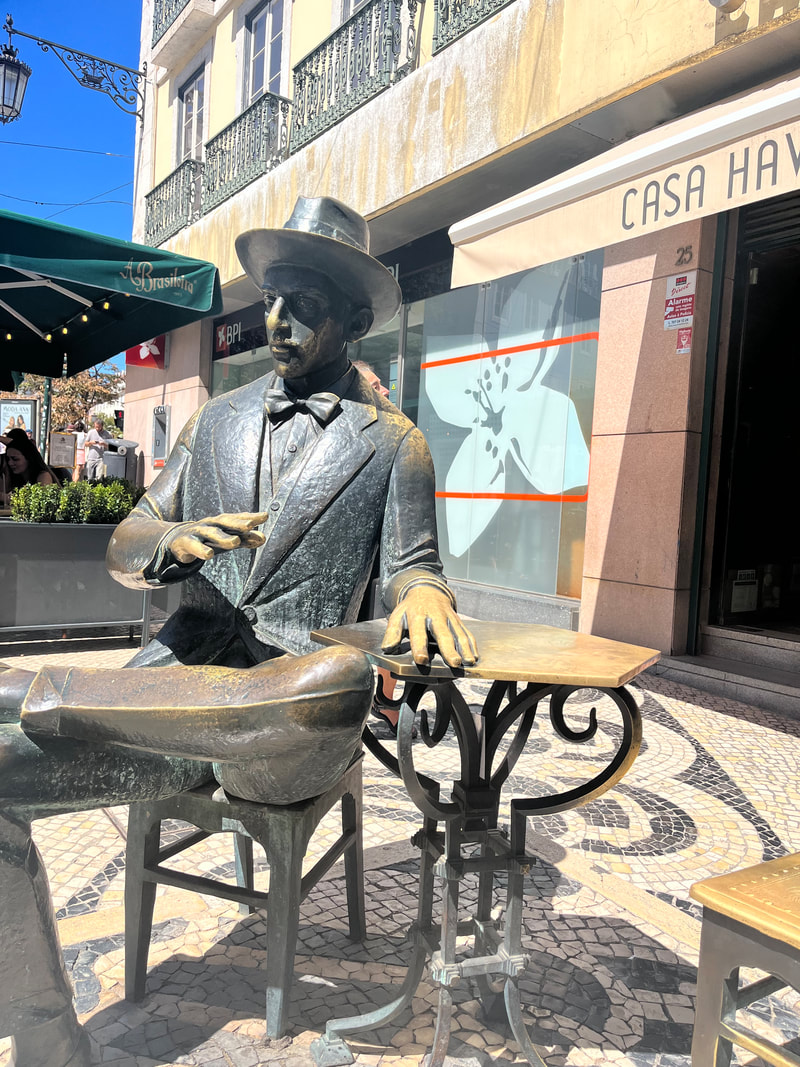

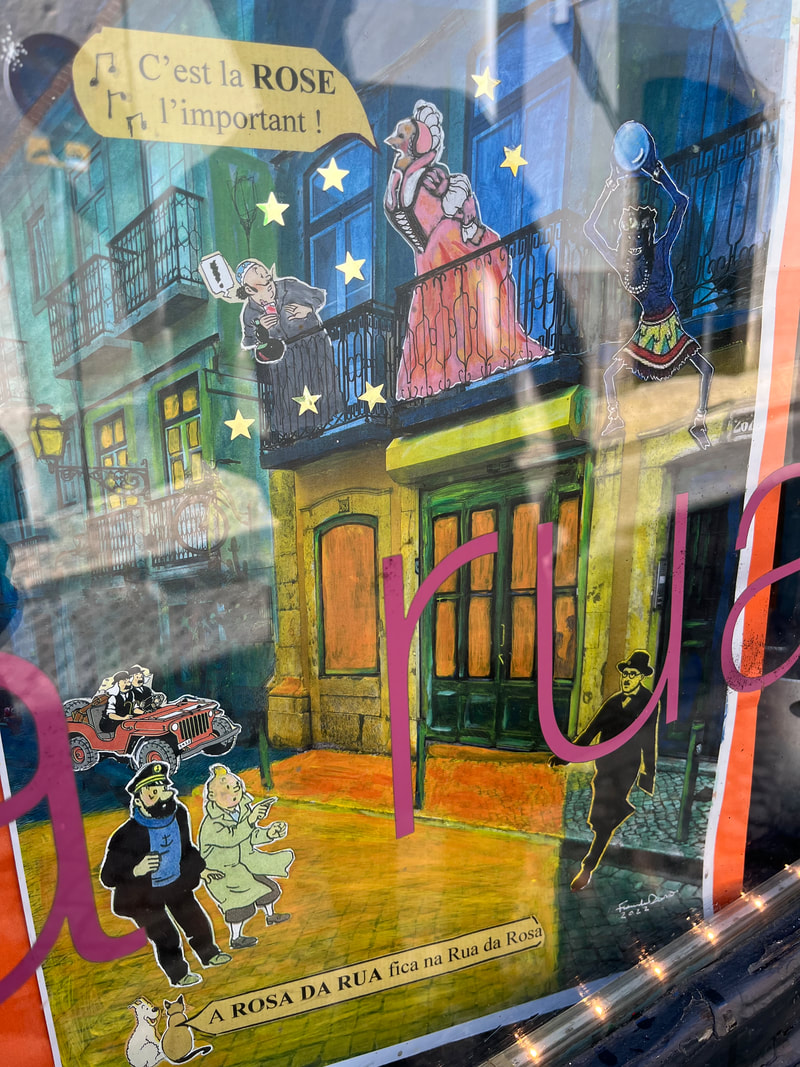
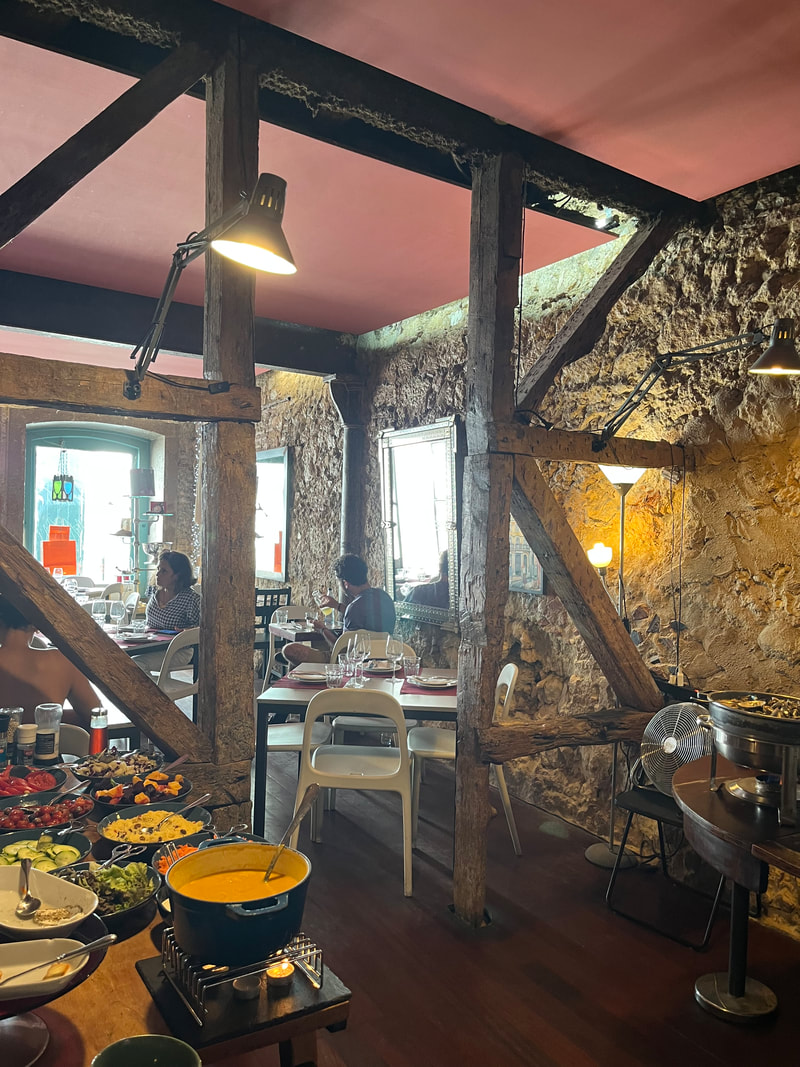


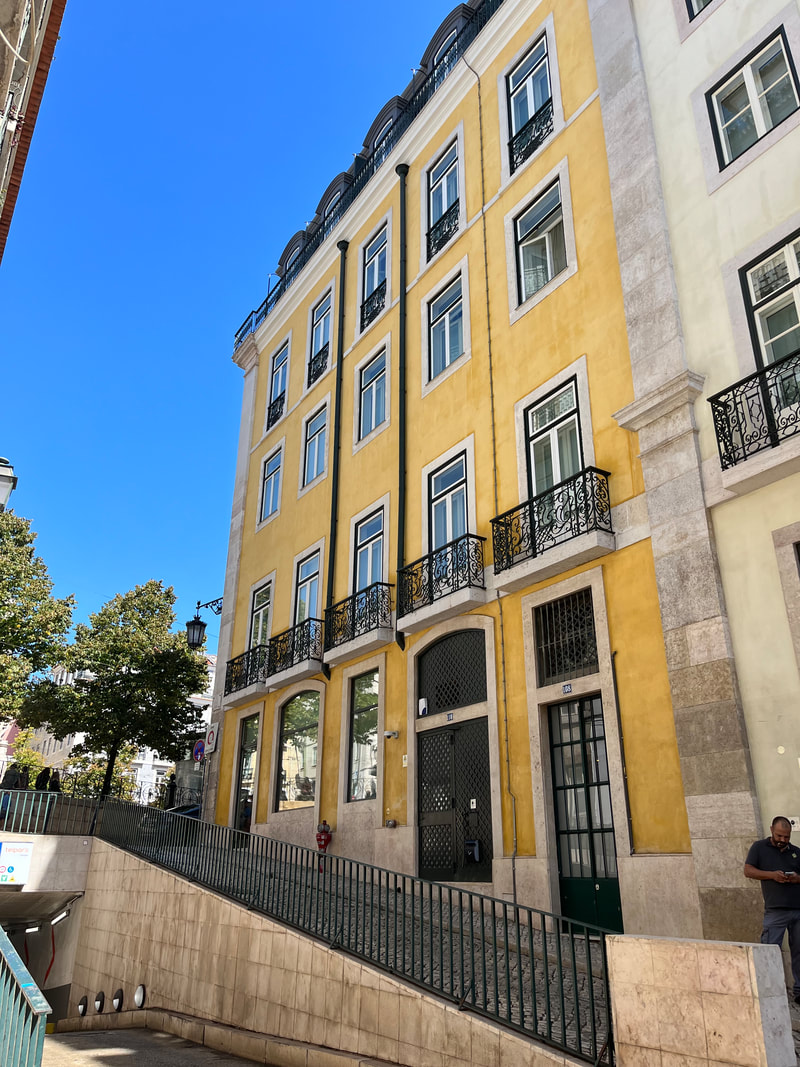
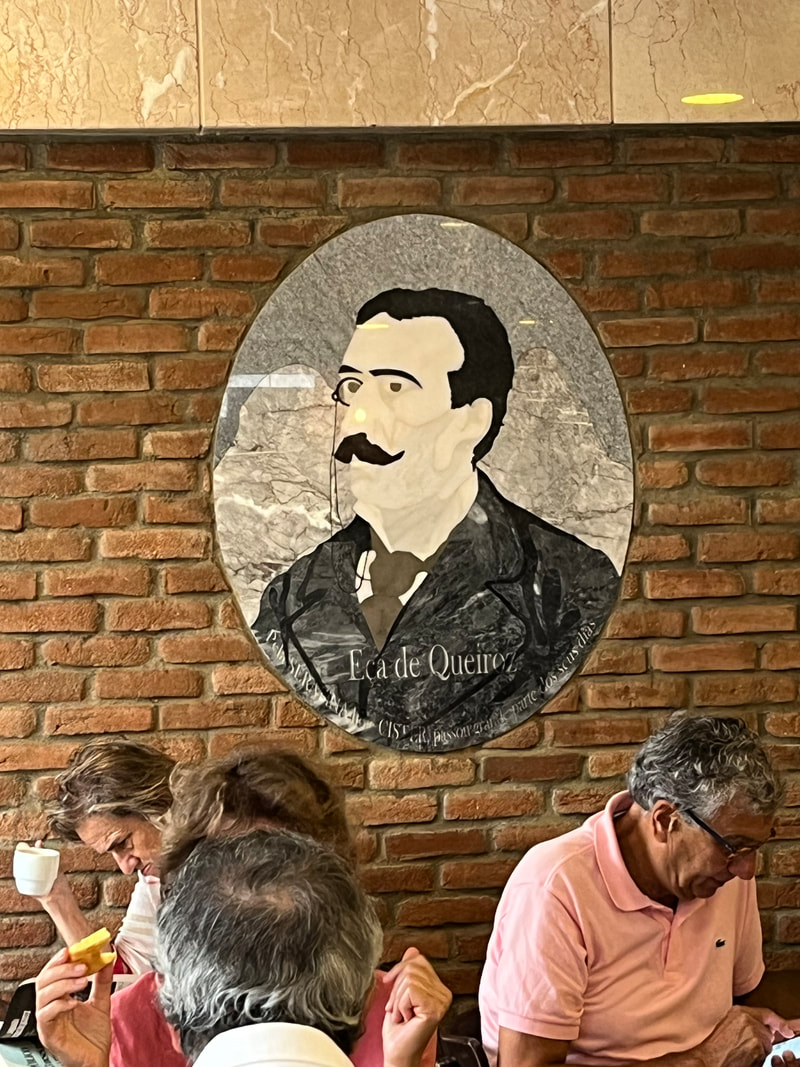
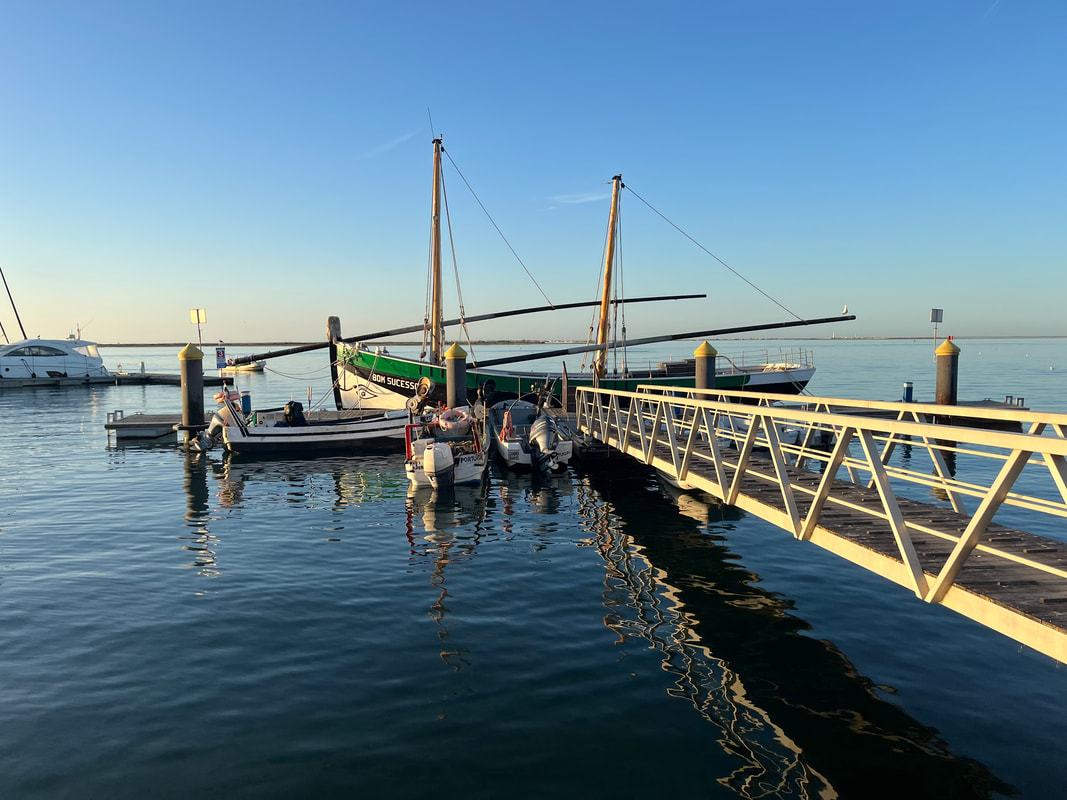




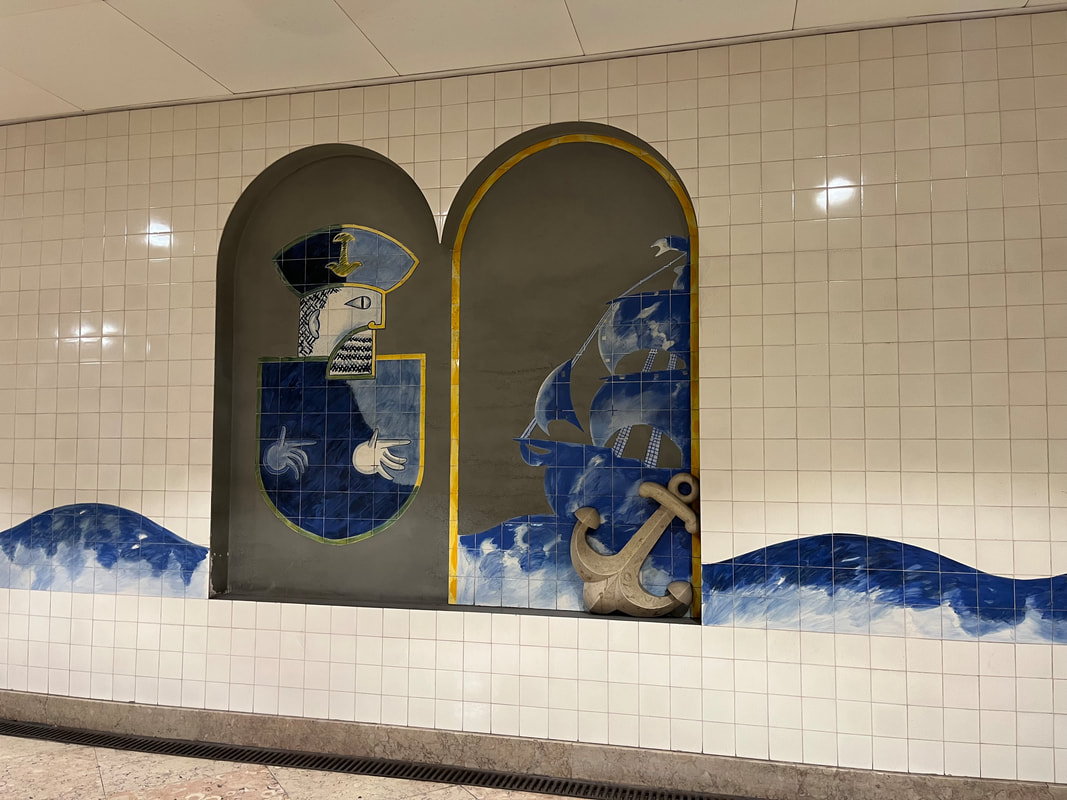
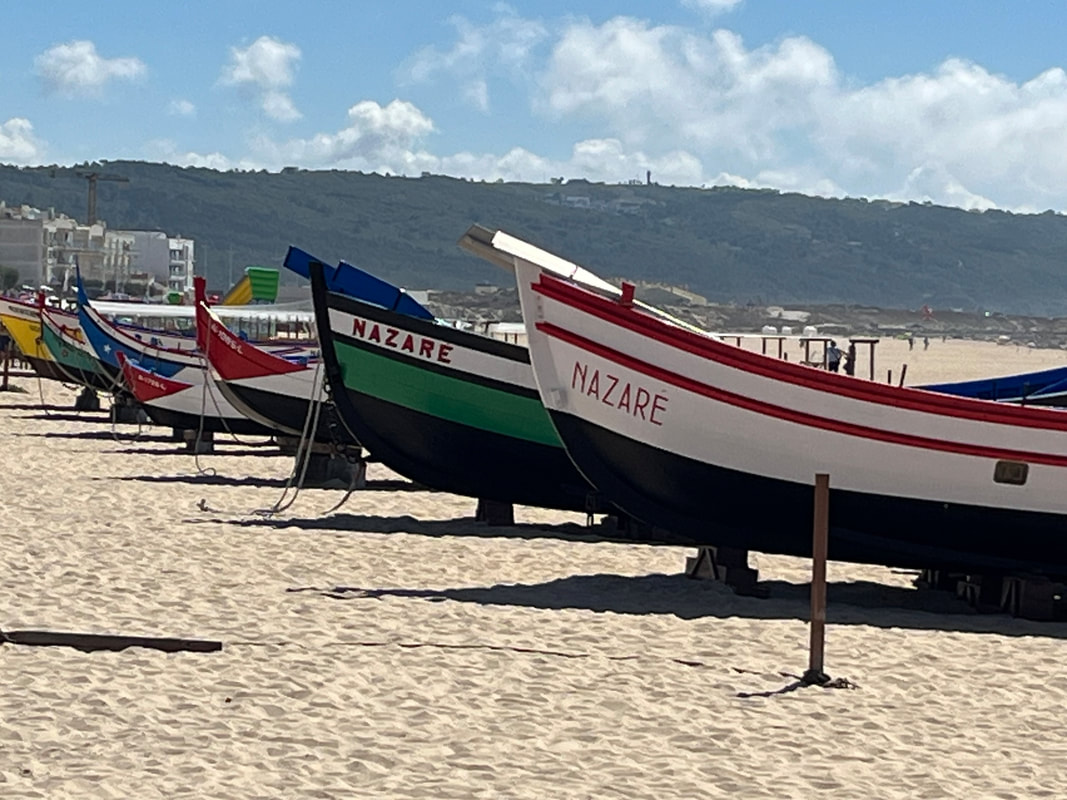

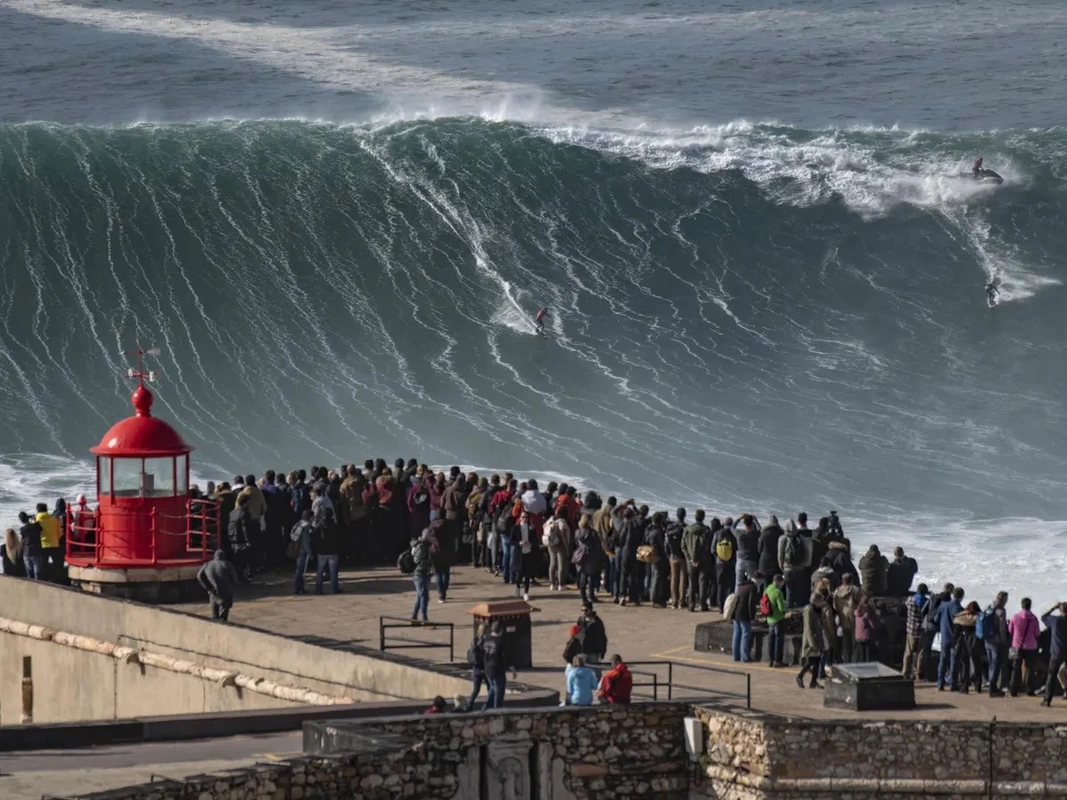
 RSS Feed
RSS Feed